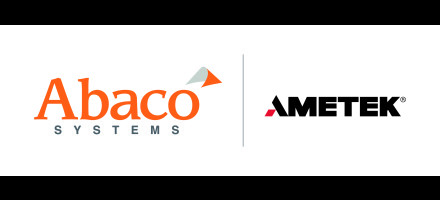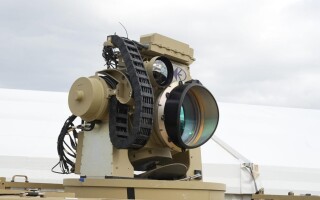Making COTS great again
StoryNovember 28, 2017
Is it possible to produce commercial off-the-shelf (COTS) embedded computers that come closer to the original concept's promise of faster and more affordable procurements? A COTS version 2.0?
Is it possible to produce commercial off-the-shelf (COTS) embedded computers that come closer to the original concept’s promise of faster and more affordable procurements? A COTS version 2.0?
First step: Admit that military COTS is not all it’s cracked up to be – it’s better than mil-spec but by no means perfect. Second step: Retool the development process to focus on flexible, modular, adaptable, and reusable platforms rather than one-off products.
COTS works well on the consumer side because manufacturers choose the options they will offer in this extremely competitive market and consumers vote with their pocketbooks. But in the mil-aero world this model doesn’t work well. Every military customer wants something different from the others and suppliers must comply. So COTS products quickly become custom products, driving up development costs and time to market. Rigorous environmental testing eats up additional time. By the time the equipment reaches the field, it may well already be obsolete.
Here’s an example of what’s wrong with COTS today. Say a computer has been designed for one customer with a fixed configuration of boards and chips, I/O interfaces and connectors, backplane, enclosure, software, and all the rest. But the next customer wants an I/O interface that is not native to the design. Changing this small but crucial feature means a new development project, involving an extra I/O interface and connector, additional bus logic, and potentially board and backplane redesign. This single change could add months to the delivery schedule and tens of thousands of dollars to development cost.
What if?
What if there was a way to meet customers’ unique requirements with off-the-shelf products that could be assembled from standard, prequalified modules on a short schedule at a reasonable price? What if these products could then be supported through changes and upgrades at lower life cycle cost? It would be too good to be true if we were just talking about chips and boards. But if we include factors such as granular I/O implementation and a stable connector configuration and enclosure form factor, the picture brightens. At this higher level of integration, customer-specific COTS solutions become possible.
One of the most critical challenges and relentless cost drivers of embedded computer design results from the military’s installed stable of elderly platforms. Upgrades that feature 10 Gigabit Ethernet and USB 3.0 have to talk to legacy equipment that uses RS232 and MIL-STD-1553. The use of these older systems means that the connector configuration, together with associated backplane, bus logic, and board design parameters, must be flexible enough to accommodate the old interfaces along with the new.
Suppliers understand this and are developing modular and granular data bus interface implementations for both operational and data bus test uses.
An example is Abaco Systems’ Lightning configurable computing family, intended for military air and ground vehicles. Its first two members, the MCS1000 and GVC2000, are two-slot, 3U VPX systems aimed at various mission/display processing profiles (Figure 1). Every product in this Lightning lineup will feature modular I/O – 25 data bus “tiles” to choose from, with up to four to a carrier card – standard connector configuration, stable enclosure envelope, and prequalification to military environmental specs, with Gigabit Ethernet, USB 2.0 and 3.0, and serial ports prepackaged in the tile carrier card.
Figure 1: The MCS1000 and GVC2000 two-slot 3U VPX systems are configurable and feature modular I/O.
If suppliers can design an array of small-form-factor I/O interfaces, and if the bus software logic is partitioned from the physical protocol implementation, the modules can be mixed and matched without costly hardware and software ripple effects. That in turn opens the door to precise, flexible, and affordable implementation of unique customer requirements.
Building blocks
If the right elements are in place – I/O interfaces are prefabricated in profusion, a wide range of compute cards is available, the enclosure envelope is stable, and the elements are prequalified – unique combinations become a matter of assembly rather than design. Such prefabricated platforms could themselves become modules in larger systems or across different air or ground vehicles, multiplying initial procurement and life cycle savings.
Further, the stability of the chassis envelope, power supply, and connector set – together with the potential reusability of the backplane and I/O panel – inherent in this approach promises to reduce the design work, development cost, and time to market of future iterations going forward.
www.abaco.com







